Is machine learning “revolutionising” the Arts?
This piece was created by illustrator Alexandra Francis, using as a prompt an image generated by the text-to-image ML-based app WOMBO Dream (https://app.wombo.art/). The WOMBO Dream image was generated using our report’s title as source text. Image credit: Alexandra Francis.
A taster summary of a report by the Creative Algorithmic Intelligence Research Project, Oxford Internet Institute. By Anne Ploin.
Although the Arts have a long history of incorporating technology––analogue and digital, emerging and retro––into artistic practice, artists have generally been considered automation-proof. Until recently––as recent successes in machine learning (ML) research in the past ten years have given rise to a new wave of interest in the complete automatability of creativity, a final frontier for a maximalist vision for AI-driven automation. Narratives featuring fully autonomous algorithmic “artists” fuelled the hype surrounding machine learning. But what has been happening on the ground in the arts?
Our interdisciplinary project, “Creative Algorithmic Intelligence: Capabilities and Complementarity”, based between the Oxford Internet Institute and the Department of Engineering at the University of Oxford, explored this question. To understand the impact of machine learning on the visual arts scene c. 2019-2020, we interviewed contemporary artists who used machine learning as part of their practice, and curators and researchers in the “AI arts” scene. Through these conversations, we explored artists’ accounts of the potential––and failures––of existing machine learning technology for artistic work, as well as artists’ perceptions of algorithmic intelligence and algorithmic creativity.
The Creative Communities Working with Machine Learning
We found that machine learning did change things––in more subtle ways than Big Automation stories about autonomous machine artists. In the “AI art” or “ML art” space, artists developed new technical skills to engage creatively with machine learning models and create works on their own terms––whether coding from scratch, building their own datasets (as Anna Ridler, amongst others, often does), or fine-tuning pre-trained models to obtain particular visual effects, as Jake Elwes has done with Zizi – Queering the Dataset (2019). Workflows became more iterative, alternating between research phases, ML generation phases, and curation phases. Models could be ‘chained’ together or used as ‘personal filters’ (as in Helena Sarin’s practice). With datasets, artists could go big and get photorealistic results, or go small and harness the glitch––as in David Young’s Little AI (2019-2020) or Tabula Rasa (2019–) projects. Outputs-wise, artists could select single frames, exhibit the model’s continuous generation, or exhibit the whole technical system––as Mario Klingemann has done with Memories of Passersby I (2019). Overall, as ML models partially automated the generative parts of the creative process, curation––whether building datasets or selecting visual outputs from ML models’ continuous generation––became a key site for artistic intention.
A “spectrum of working”: five new activities involved in ML-based art and their variations
Four artists’ workflows
Although the potential uses of ML for artistic practice seemed rather concrete, opinions were divided on what ML’s current capabilities meant for the arts. Some artists framed ML in a continuous conversation with other periods in art history, such as the code-based and computer arts movement emerging in the 1960s and 1970s and the harnessing of randomness by much experimental art. Others found the generative capabilities of ML models to be a step-change departure from past tools. While ML models could help produce surprising variations of existing images, however, artists felt that they themselves remained irreplaceable in giving these images artistic context and intention––that is, in making artworks. The creativity involved in artmaking, they argued, was about making creative choices; a practice which remained beyond the capabilities of current ML technology.
Ultimately, artists agreed that despite the increased affordances of ML technologies, the relationship between artists and their media remained essentially unchanged, as artists ultimately work to address human––rather than technical––questions.
—
To learn more, read the full report here.
Cite as: Ploin, A., Eynon, R., Hjorth I. & Osborne, M.A. (2022). AI and the Arts: How Machine Learning is Changing Artistic Work. Report from the Creative Algorithmic Intelligence Research Project. Oxford Internet Institute, University of Oxford, UK.




